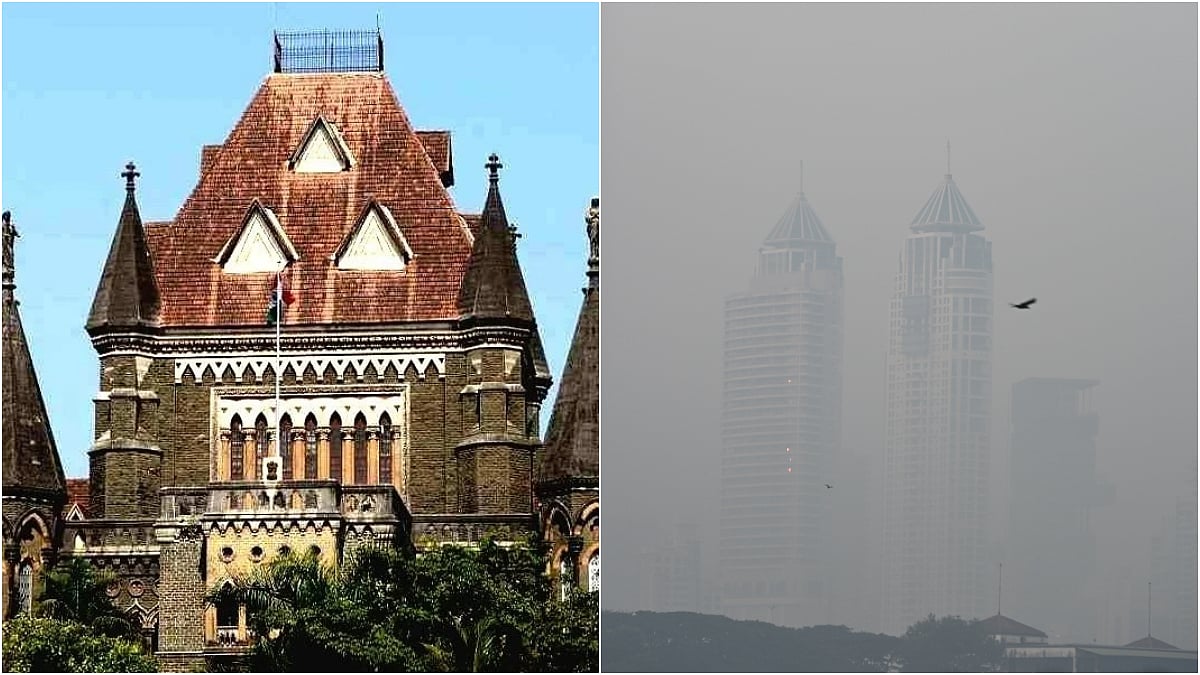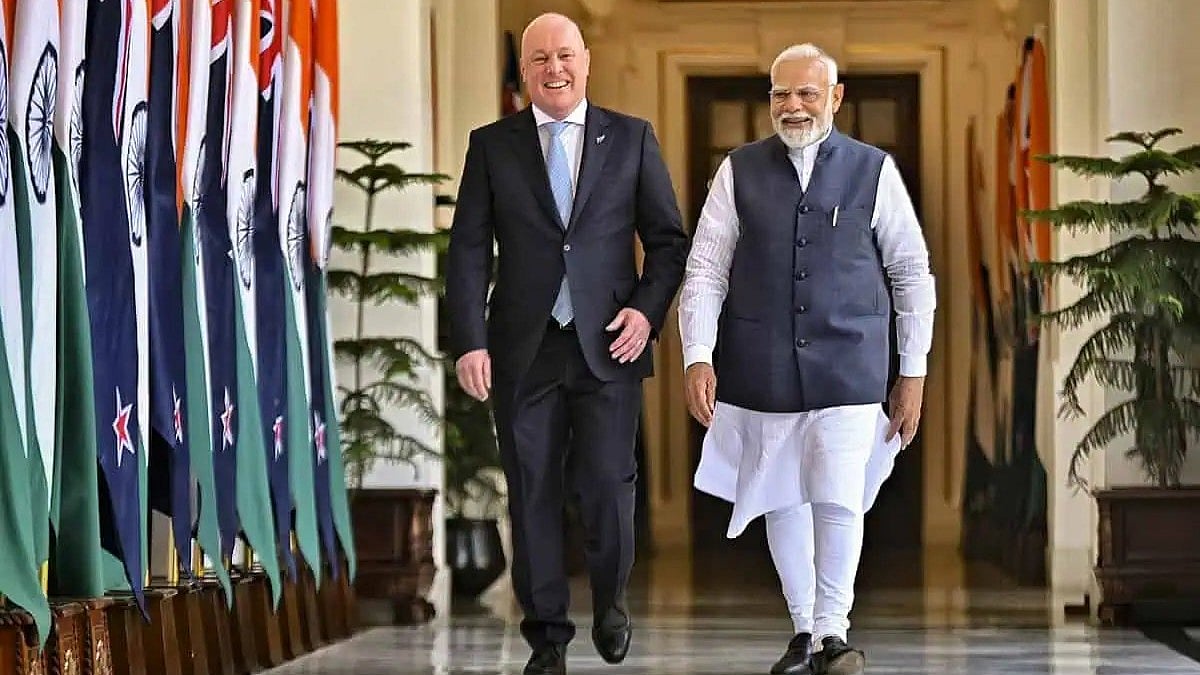Ford Motor has become the third US vehicle manufacturer to shut manufacturing operations in India, after General Motors and motorcycle manufacturer Harley Davidson. Ford, the world’s fifth largest carmaker, was one of the first major global auto brands to enter India after reforms opened up one of the world’s fastest growing automobile markets to global players. Starting in 1996 with an initial investment of $ 1 billion, the iconic US auto giant has so far invested over Rs 12,800 crore in India.
It has two manufacturing plants in India in Sanand in Gujarat and Maraimalai Nagar in Tamil Nadu. At its peak, it had over 14,000 employees in India. However, despite struggling for 25 years, it has failed to make headway in the highly competitive Indian market. Its market-share never crossed the low single digits and at the time of its exit, its share was reportedly down to under 0.5 per cent. The automaker will retain its engine plant in India, which makes power trains for its global operations, as well as its product development centre in Chennai but will try and sell off its manufacturing infrastructure. The closure will cause an immediate job loss of 4,000. Ford will take a $ 2 billion impairment charge, while the cost of exit is estimated to be about Rs 15,000 crore. “We are taking difficult but necessary actions to deliver a sustainably profitable business longer-term and allocate our capital to grow and create value in the right areas,” Ford Chief Executive Officer Jim Farley said in a statement on the exit.
This is a far cry from Ford’s then global CEO Alan Mulally in 2009 that India was the “centre of the universe” for small cars, when Ford had decided to launch a small car, the Ford Figo, for the Indian and global markets. However, the Ford small car failed to live up to expectations and Ford was never able to ramp up its production. The two years of the Covid pandemic were perhaps the final nails in the coffin. With the Indian car market shrinking from a peak of over 4 million units to just over 3 million units in 2020-21, and sales continuing to slide, the writing was clearly on the wall.
Ford’s tumultuous stint in India and its inglorious exit is a cautionary tale for global manufacturers looking to break into the Indian market. Ford consistently failed to read the market and the Indian consumer correctly. Under the mistaken assumption that the Indian market was driven entirely by cost considerations, it brought in a series of outdated designs and technologies which failed to enthuse the buyer.
Further, it initially ignored a critical part of the Indian automobile ecosystem – after sales service – and paid a heavy price for it. Its fortunes appeared to have turned with the introduction of the Ecosport, a subfour-metre SUV which helped it become segment leader for a while. But while competitors caught on and caught up with new models and engine innovations, Ford did not introduce a new model of its bestseller for a decade. While the Indian buyer was always conscious of value, she had also evolved into a demanding customer wanting the latest in design, safety and comfort, a trend which the American carmakers like Ford and GM failed to capture. Others like Nissan, which introduced its Datsun brand in India as a cheaper alternative, also discovered that low cost had to be matched with a perception of quality and safety in order to succeed in India. It is a lesson that other global carmakers – including some Chinese ones – who have made forays into India would do well to internalise.
Ford’s India exit also holds some implications for policymakers, particularly the ‘Make in India’ programme. The ‘Make in India’ programme is predicated on the premise of ‘Make in India, for the world’ – in other words, it is hoping that global manufacturers will make India a production hub for global supply chains. Both Ford and GM did precisely that but found that only global orders were not enough to sustain the viability of the kind of large investments it takes to set up a large scale technology-intense manufacturing operation.
Rival Asian carmakers Suzuki and Hyundai also make in India for global markets – Hyundai is India’s largest car exporter, sending over 1 lakh units of 10 models to 88 countries – but rely on a strong local market to sustain operations and bring in new technology. China, which began attracting manufacturing investments decades ahead of India, initially relied on cheap labour and low taxes as incentives but now banks on a strong domestic market to sustain its attractiveness. India, too, would do well to suitably tailor its ‘Make in India’ package to ensure that global manufacturers find it equally attractive to both make in India and sell in India.









